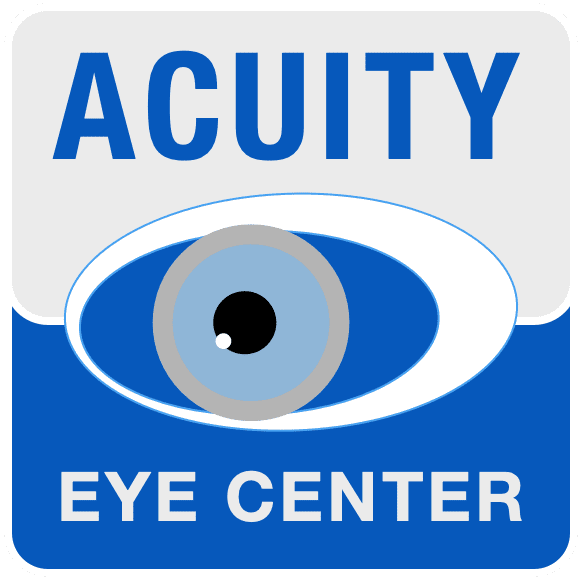There are some risks associated with anesthesia, which are common to all operations. Serious complications are very rare. Infection is a rare postoperative complication following surgery although every precaution is taken to prevent this. The commonest complications associated with this operation are overcorrection (eyelid is too high) or under correction (still too low). An incomplete blink may occur following surgery and the child may sleep with the eye open for up to 2 weeks after the surgery. These resolve with time following the operation. There is a risk of corneal exposure with discomfort and possible corneal ulcers although this is unusual in children. The aim of the surgery is to have the upper lid in a good position when the child is looking straight ahead, you may notice more white (sclera) of the eye on show when the child looks down. This is to be expected following the surgery, as the upper lid will not follow the eye in the downward gaze position. However, over time this will become less noticeable. Despite these potential complications, it is worth remembering that there are benefits to be gained by having the surgery. The benefits and risks should be discussed with the eye surgeon.
Popular Search
phaco





